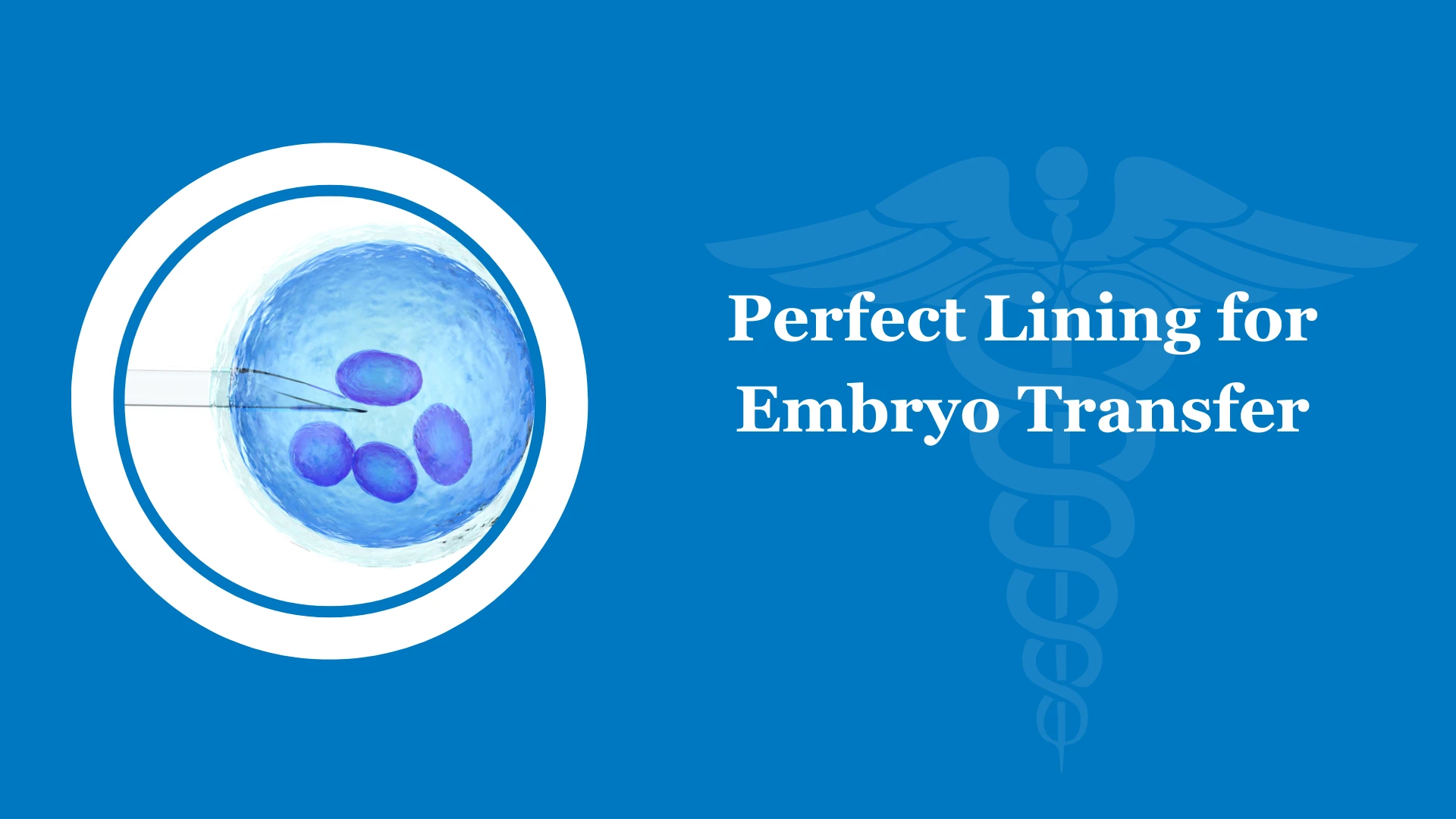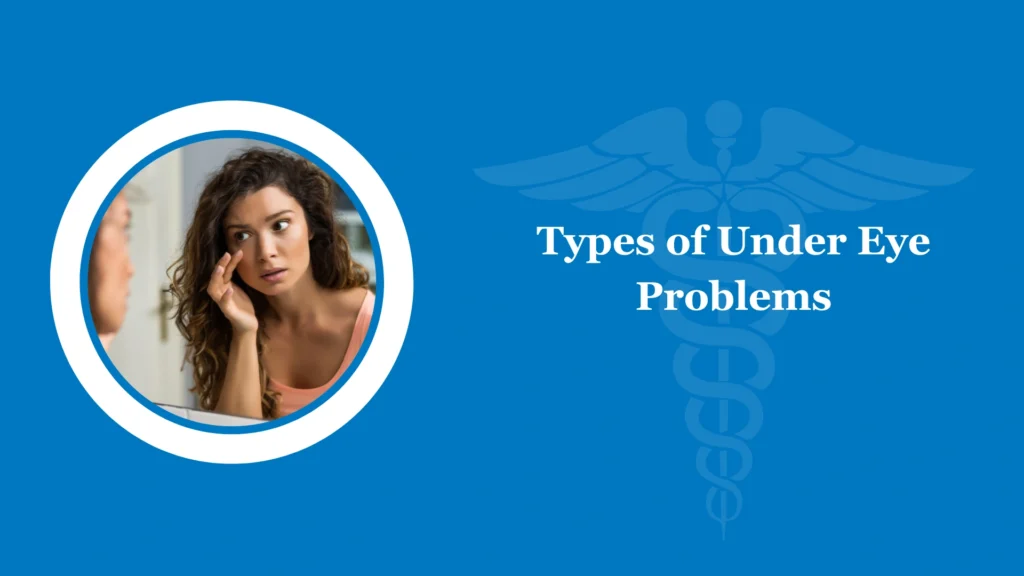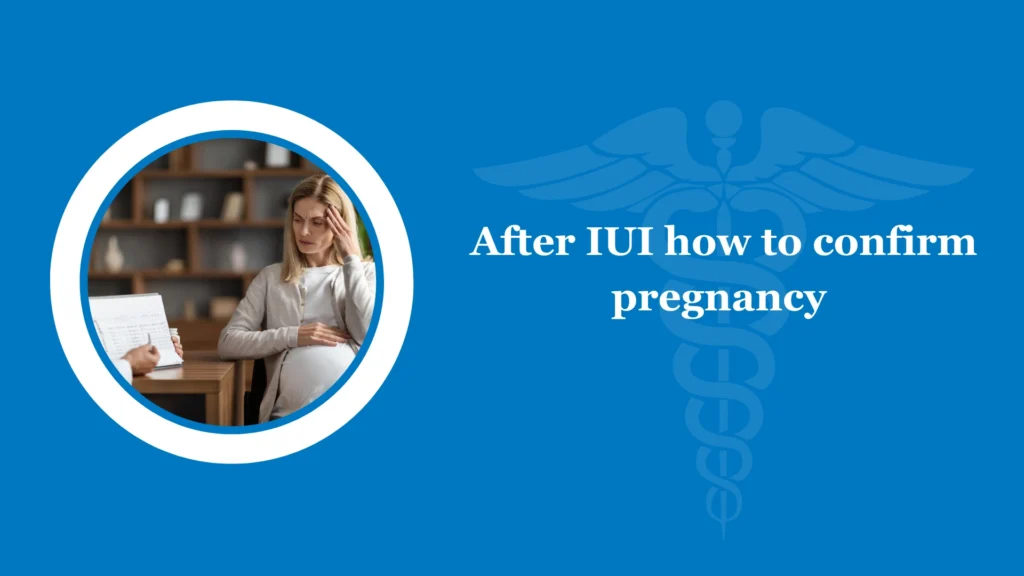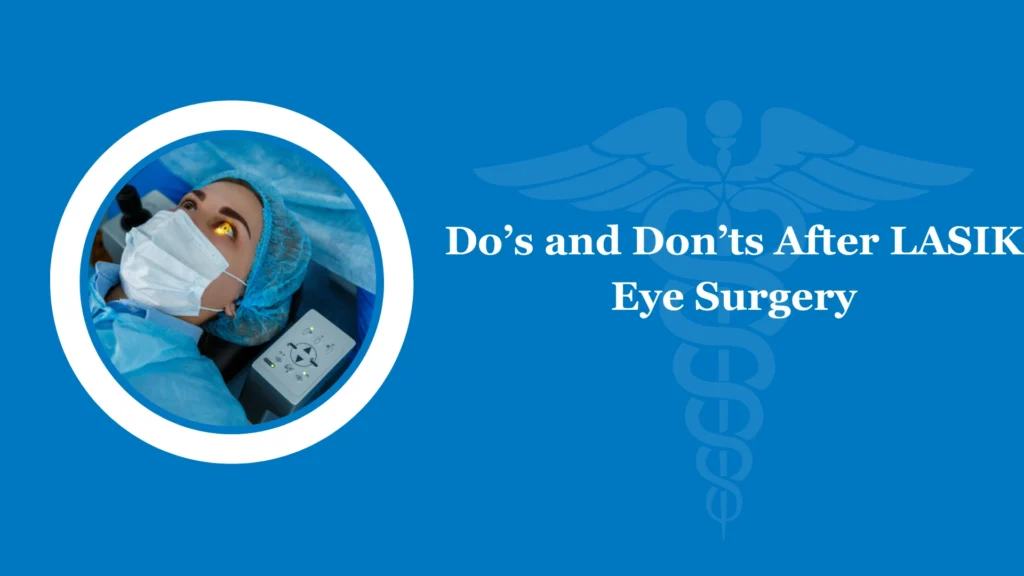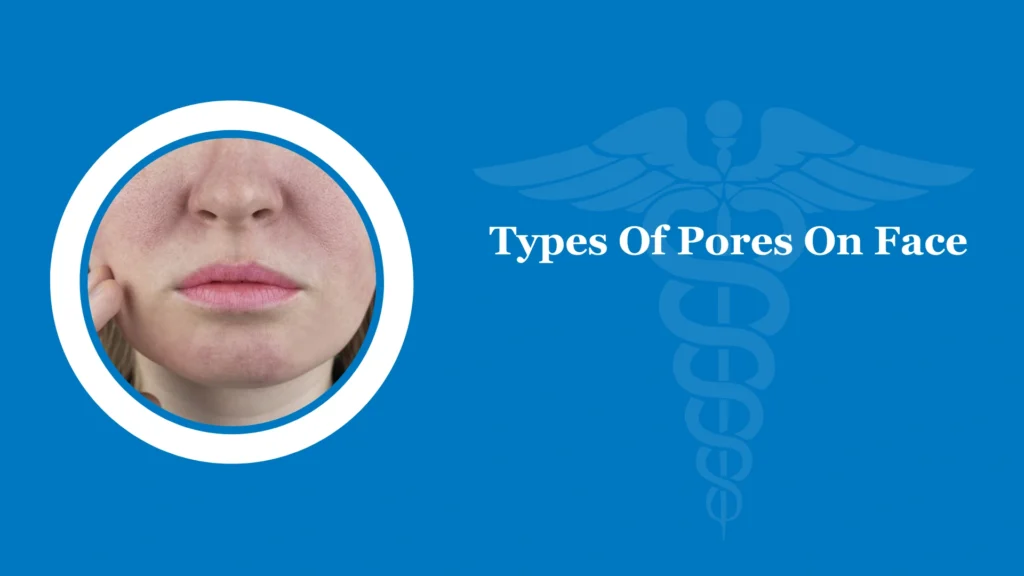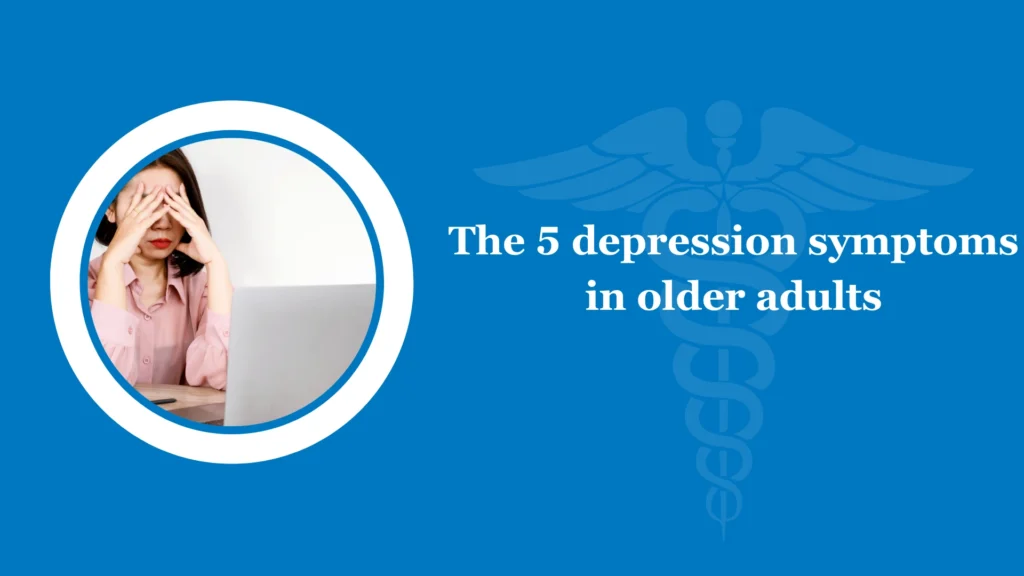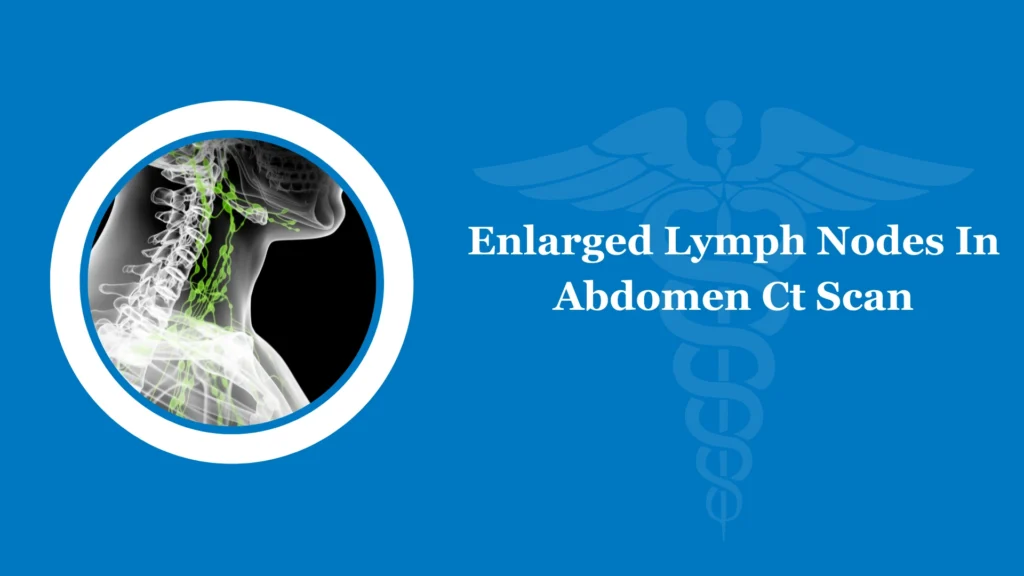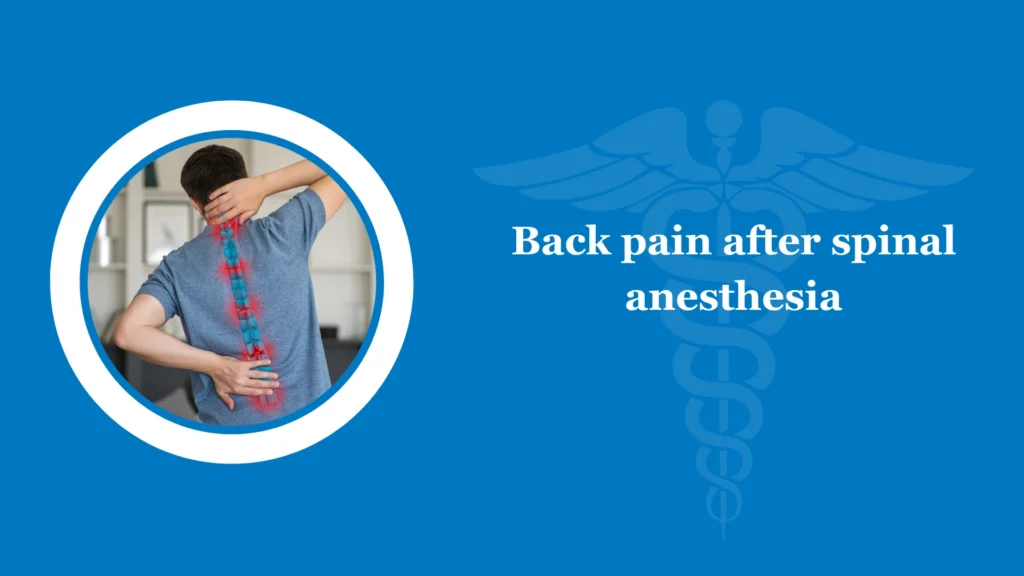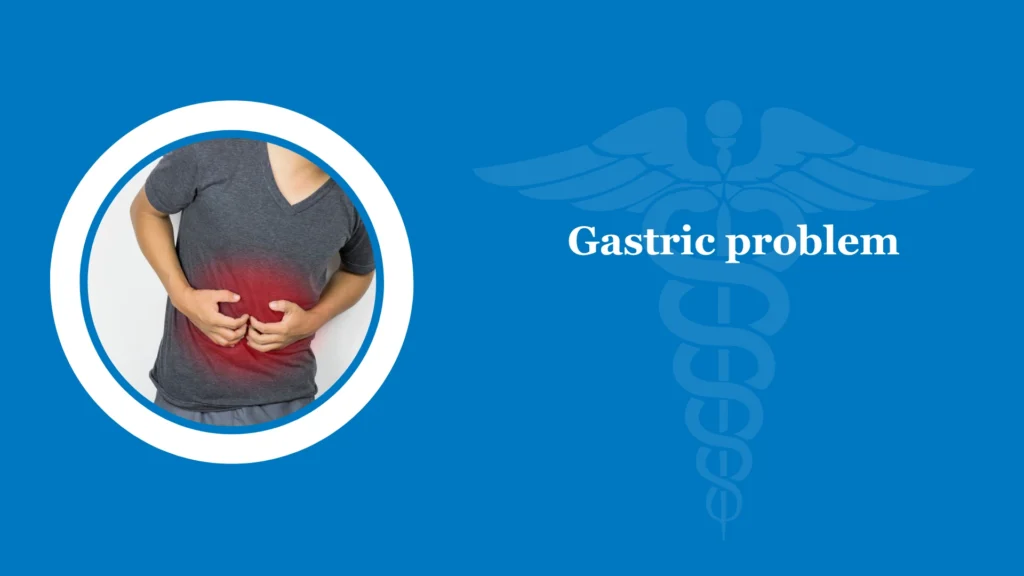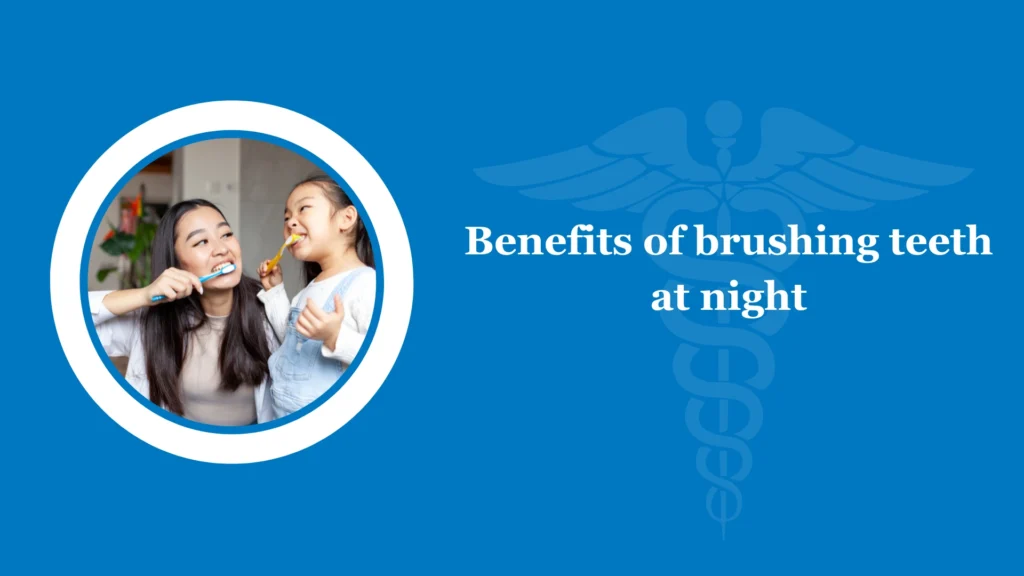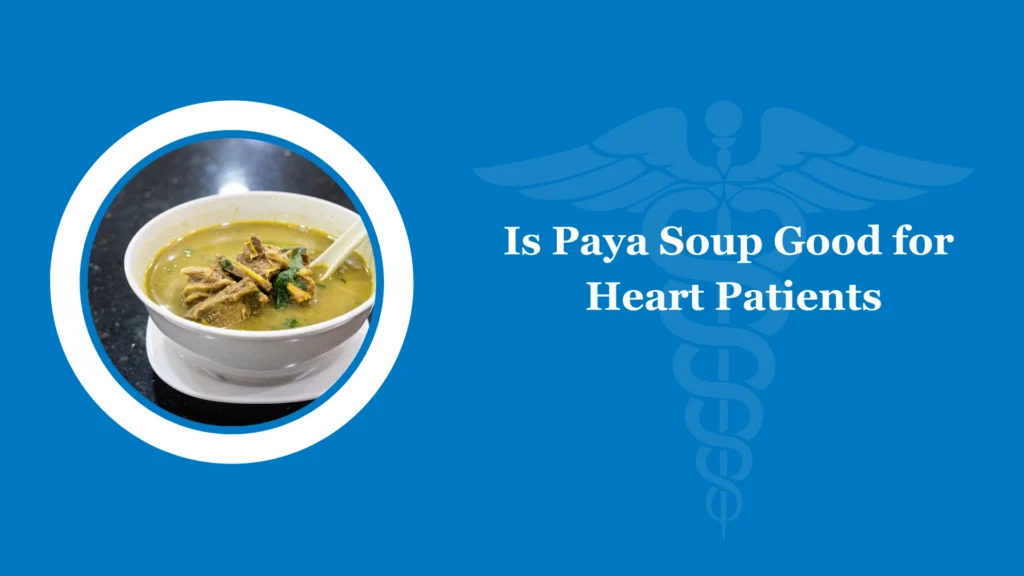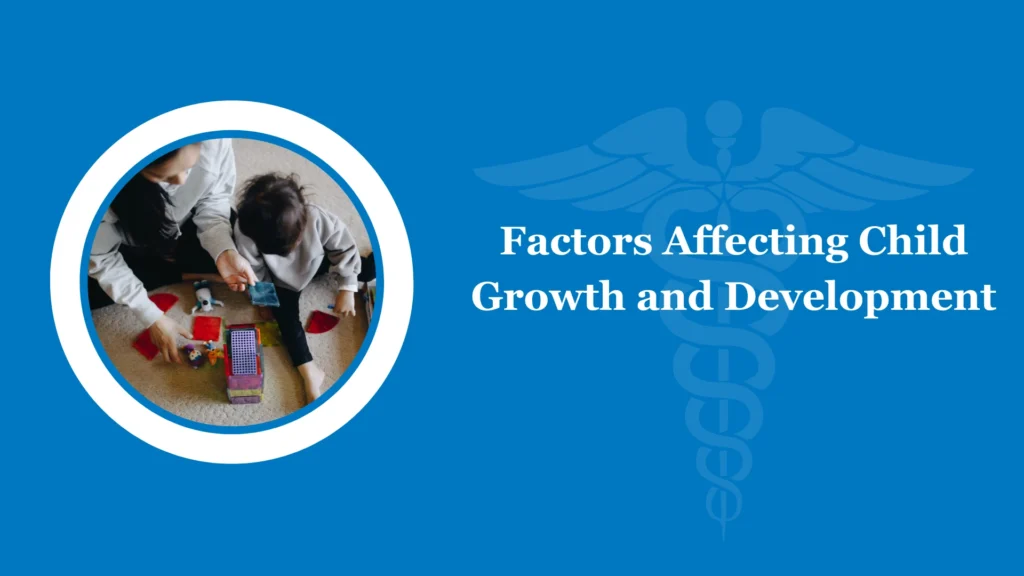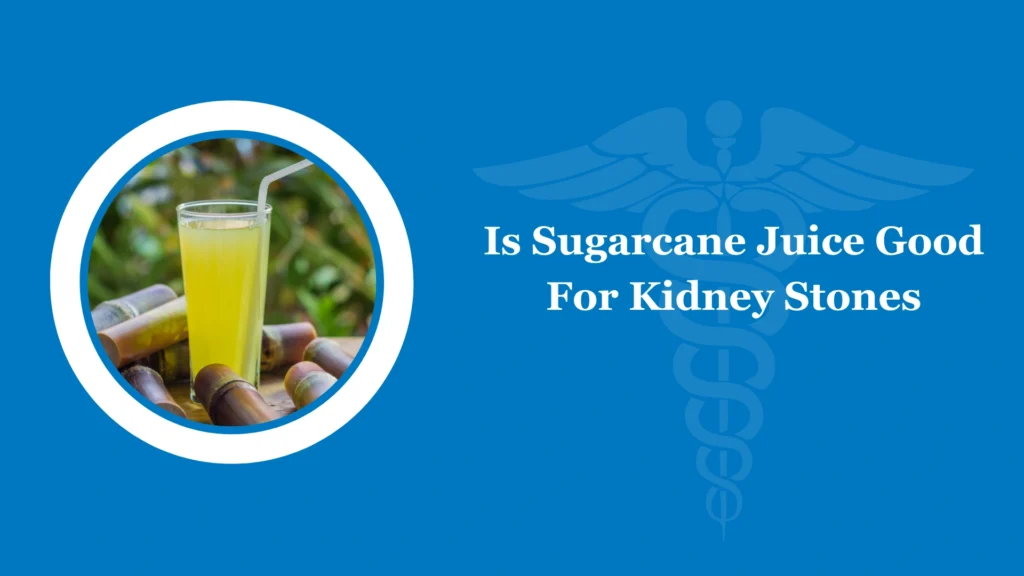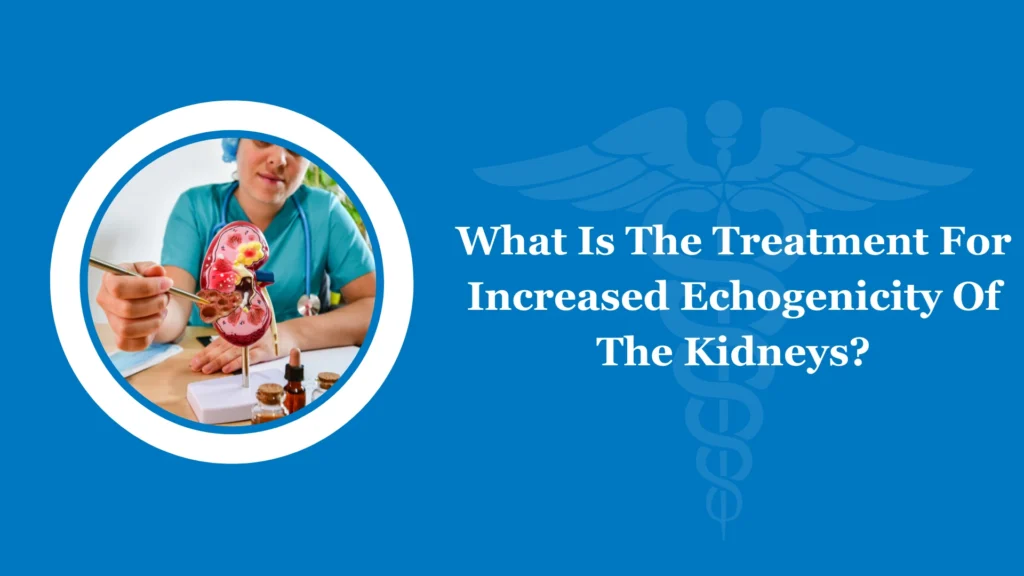Embryo implantation is crucial and sensitive. It considers a vast range of factors yet the most important among them is uterine lining. While undergoing IVF, the fertility specialist will measure the thickness of the lining to ensure whether it is sufficient to accept the implantation.
Experts say a thick, receptive, and nourishing uterine is only best for embryo transfer. The lining must be at least 7 to 8mm appearing like a three-layered pattern on an ultrasound scan. If the thickness is below the mentioned mm, it may cause serious trouble in IVF resulting in implantation failure.
What is the Perfect Lining for Embryo Transfer?
Before embryo transfer, a fertility specialist examines the thickness of your uterine lining to ensure the chances of a successful pregnancy. If it is too thin, performing implantation is not advisable and it may tend to uncover costly impacts.
In such case, doctors may suggest some medications to grow your uterine lining. The lining with a thickness of at least 7 to 8mm only be considered as healthy with a good blood supply.
Steps to Optimize Your Uterine Lining for Embryo Transfer
Sufficient Vitamin E
It is an essential nutrient that encourages your uterine lining gradually. Vitamin E can be found in seeds (soybean, sunflower seeds), nuts (almonds, peanuts) and fruits like mango and vegetables (spinach, beetroot, avocado).
L-Arginine
Unlike other vitamins and nutrients, L-Arginine is a naturally occurring compound you can find mostly in foods like soy, fish, dairy products, red meat, and poultry. This compound opens the blood vessels in your body and improves blood flow to the uterus resulting in tremendous increases in the uterine lining thickness.
Acupuncture
Yes, acupuncture might have a chance of improving endometrium. Many women have witnessed that a course of acupuncture helps the fertility treatment. Studies also stated that it can improve circulation.
Factors Affecting the Lining
Some unusual factors may contribute to your uterine lining being affected. If you are about to undergo fertility treatment, be aware of these things to stay safe and healthy.
Hormonal Imbalance
This is a known fact, progesterone is a batsman in your menstrual and pregnancy. The hormone supports healthy uterine lining, which causes the fertilization of egg, fetus and embryo. If the progesterone hormone becomes abnormal, the lining is not shed.
Underlying Medical Conditions
A poor thickness uterine lining is caused by many factors and your medical condition is a major reason behind it. Some common underlying diseases like heavy periods, bleeding between periods of time, cancer of the uterus, painful periods, etc., may cause uneven blood flow to the uterus. They can also be responsible for thin endometrium.
Lifestyle Habits
Lifestyle is a primary factor for a poor health condition. Generally, the uterus and reproductive organs require a good blood supply. Unfortunately, people are leading their lives with processed foods, unhealthy fats, fast foods, and late-night sleep that tremendously impact both your physical and mental health.
However, lining thickness can be obtained only through healthy food habits and lifestyle. Consumption of fruits, vegetables, and nuts enriched with vitamins and nutrients improves blood flow in your body. Similarly, healthy habits like exercises and yoga multiply the oxygen amount and keep your body refreshed.
Conclusion
Having a minimum thickness uterine lining may affect your fertility. In fact, doctors will not perform embryo transfer in this condition. For people who are preparing for IVF it is advisable to ensure the lining thickness before undergoing in vitro fertilization. It may cause severe impacts after the treatment and lessen the chances of successful pregnancy results.
FAQs
What is a good lining for IVF transfer?
A thick, nourishing and receptive uterine lining is a comfortable environment for embryo transfer. The lining should be thickened at least 7 to 8mm and appear like a trilaminar pattern. If not, performing implantation is not so useful and causes serious impacts on your health.
What is a good endometrial thickness for embryo transfer?
If embryo transfer takes place in the sufficient thickness of the uterine lining, it increases the chances of successful implantation, clinical pregnancy and live delivery. For optimal pregnancy outcome, place the embryos at 10 to 20 mm from the fundus and at the 7 mm uterine lining thickness.
What is too thin for a FET lining?
However, the fact should be accepted that the endometrial thickness below the value of 6 to 8 mm provides negative IVF outcomes. The live births as well as clinical pregnancies are higher in patients with endometrial thickness above 9 to 10 mm.
How quickly does the endometrial lining thicken?
During menstruation, the endometrium seems very thin with a maximum thickness of 1 to 4 mm. However, in the proliferative phase (Days 5 to 14) the lining of the uterus is repaired with a thickness of 9 to 10 mm.
